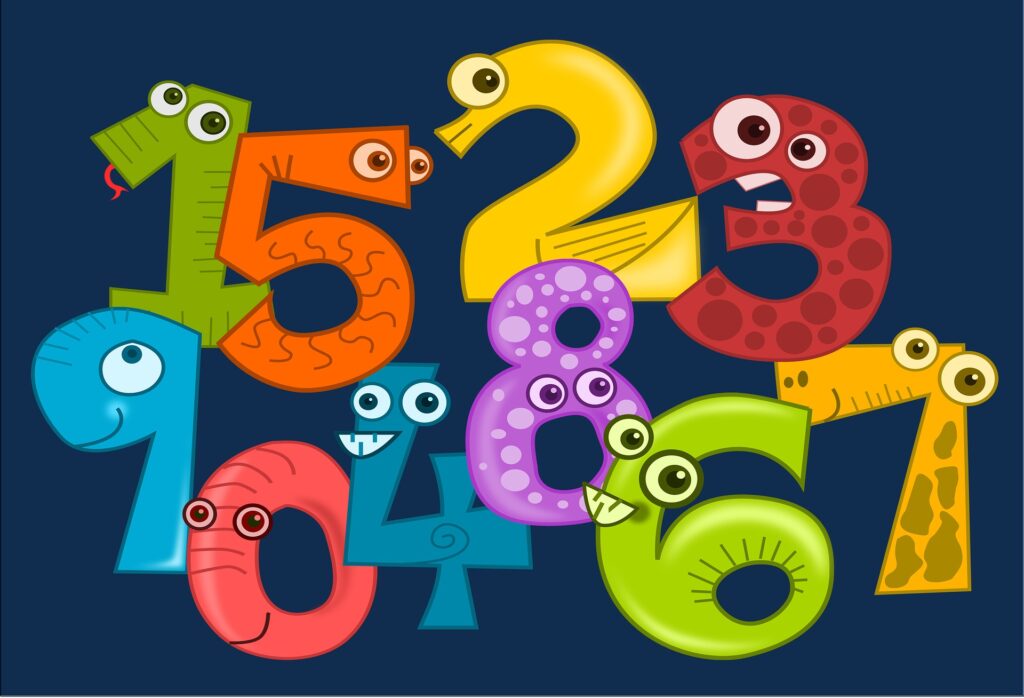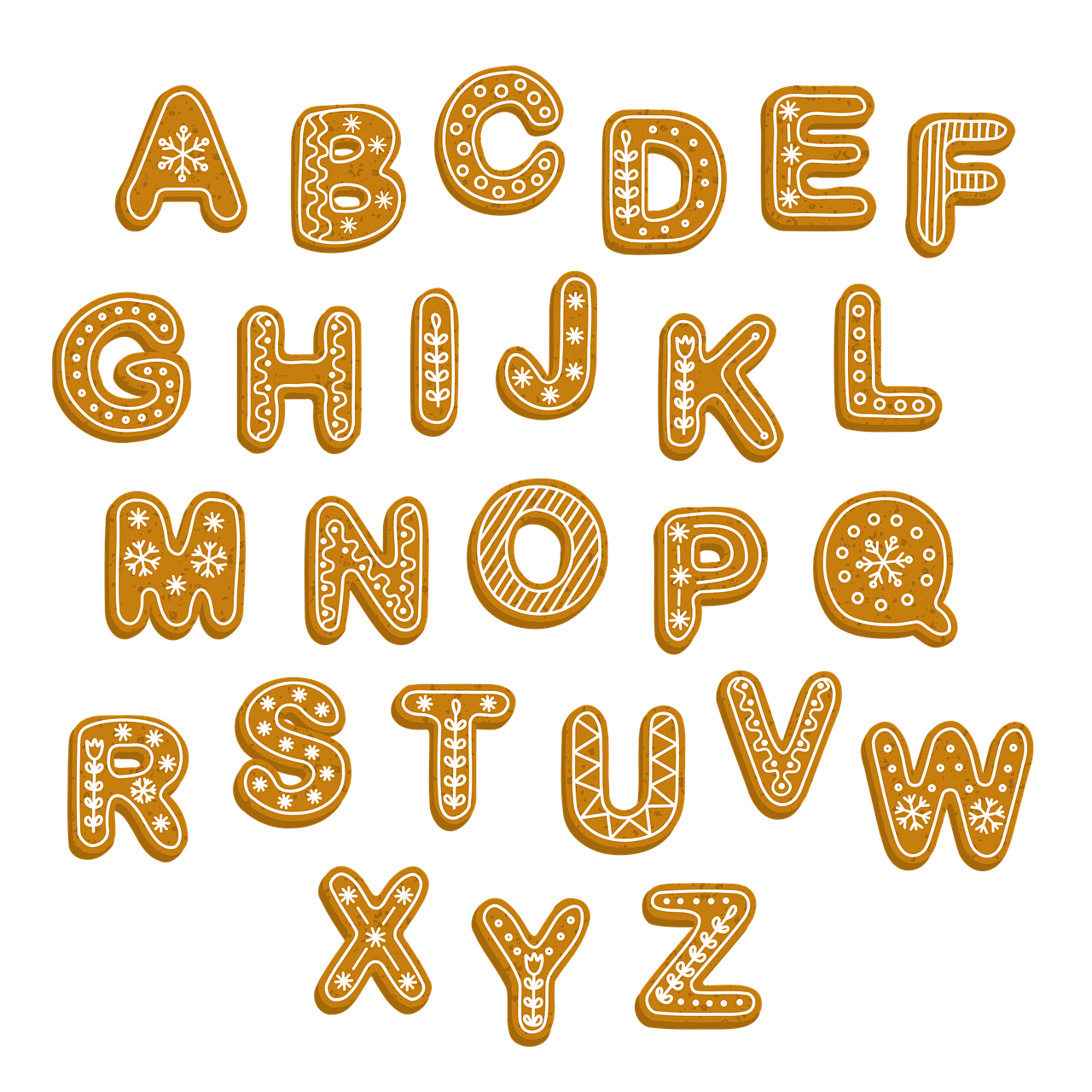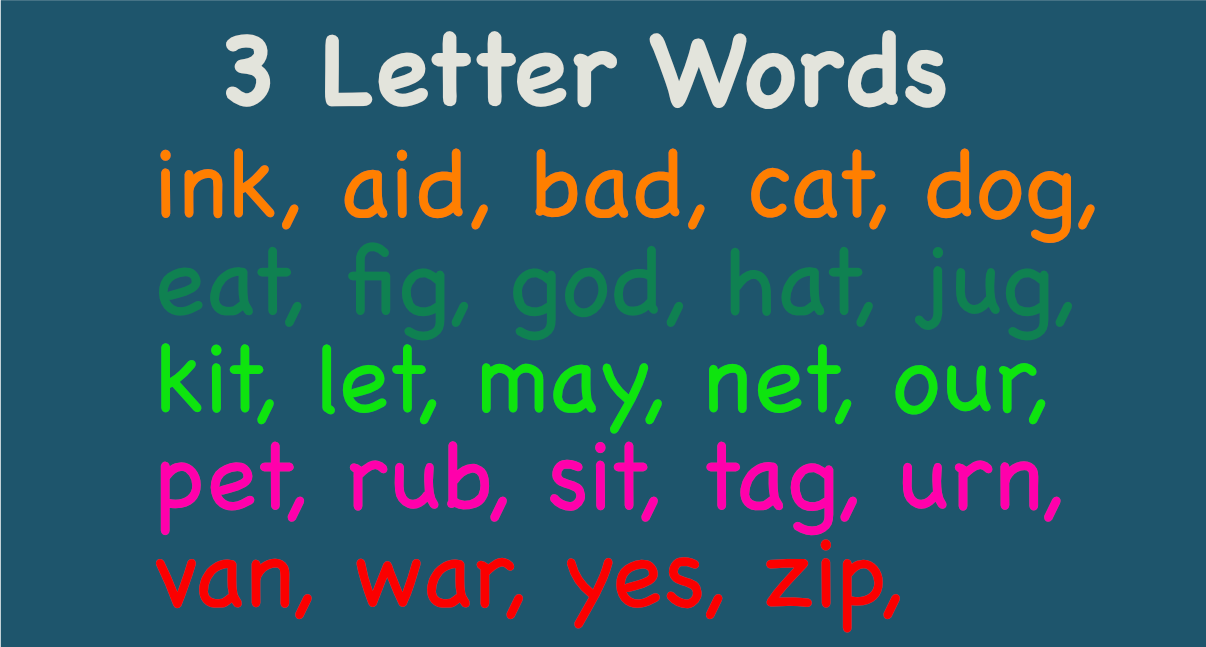
Preschoolers need to be exposed to the concept of numbers and there are many ways to teach them numbers. While it can be messy, you can also make it fun by doing craft activities.
These ways to teach numbers to preschoolers have been tried and tested over the past decade. These strategies can be used at home or at school and can be very enjoyable for your child.
Contents
The Elementary Way to Teach Your Child the Number System
The number system is an important part of learning math. It helps us understand how to add, subtract, multiply, and divide. But there are many different ways to learn these skills, and each method has its advantages and disadvantages.
Start with 1’s
To lay foundation for teaching your child numbers, teaching your child number 1 (one). This approach works well because it allows kids to master the very basic unit of all positive numbers. From that base you can than teach other numbers going up. At this stage kids can practice counting by ones as they learn the concept of addition.
Add 2’s
Once your child has mastered adding 1’s together, you can introduce the number. You can do this by teaching the child to add two more numbers (in this case add 1 to another 1) together. You can either show them how to do it yourself or ask them to count out loud. You can instruct your child to subtract the smaller number from the larger one. This way you reinforce 1 as the base of every number and counting.
Add 3’s
Next, get your child to number 3 (three). This time, let them use their fingers to count out loud. Ask them to count from 1 up to 3/ Also show them how to increment by 1 form the number 1 until they get to three 3.
Add 4’s and 5’s, etc
Using the same strategy teach your child to get to 4, 5,6 until you get to 10 and beyond. At this stage you can start introducing your child some advanced math concepts such as subtraction, division and multiplication.
Remember that you have many tools, resources and teaching aids that you can leverage.
It’s easy to see why teaching kids the number system is so important. They need to learn math early on because it helps them understand the world around them. Plus, it will help them become better problem solvers as they get older.
Below are additional ways to teach numbers to preschoolers.
Skywriting
Skywriting is a wonderful way to introduce letters and numbers to preschoolers. You can use it to introduce the letters of the alphabet and even teach your child the first letter of their name.
When teaching kids how to skywrite, you can use initial sound pictures to reinforce the sound of each letter. It is also a multi-sensory activity that requires students to stand with their arms locked and point their fingers straight out.
Skywriting can also be used to teach children about counting. Preschoolers can count and say the number they’re writing on the paper. They can also decorate the number with stickers or glitter. This activity is also good for practicing number formation and visualizing numbers. It can be fun and engaging for both the teacher and preschooler.
Another great thing about Skywriting is that it doesn’t require markers or blank paper. Since it’s a multi-sensory activity, children can work independently without the stress of a finished product. The teacher can also track students’ progress by implementing small instructional groups and recording their progress.
Skywriting can be a fun and creative way to teach numbers to preschoolers. A great example is Dora’s Skywriting ABCs. This app combines education and play. It helps kids learn to trace the capital letters of the alphabet. The game has a fun element that children will love. Kids can tilt the plane to reveal the letter they’re working on.
Skywriting can also be done on chalkboards, interactive boards, and big sheets of paper. In addition, children can use books to learn about numbers and counting.
Kidney Bean Art
Kidney beans can be used to teach counting. Kidney beans are also great for building number sense. For this activity, you’ll need a small spoon and some dried kidney beans. Have your child count the beans and place equal amounts in each circle. Eventually, you can increase the size of the spoon so that your child can count to double digits.
Counting the beans will also teach your preschooler the value of numbers. For example, 10 is larger than one. Also, you can practice teaching the alphabet by placing the number on the bean. This activity is easy to make, store, and clean. It’s a great way to introduce numbers and shapes.
Matching Numbers Game
Matching numbers games can be fun and effective for teaching small numbers to preschoolers. The game can be played on a variety of levels and is an effective way to reinforce concepts about counting.
The key is to choose games that focus on small numbers and are entertaining for the child. Young children take about a year to learn the number system, and it is important to make the process fun for them. The basic concept of matching items one-to-one is an important part of this learning process.
For preschoolers, Number Matching is a simple activity where kids must drag and swap number tiles to create a match. As they progress, they will learn the names of the numbers and be able to identify them. They can also click on the number bubbles on the side of the screen to learn more about them.
Another way to teach preschoolers the concept of numbers is to introduce the numbers in picture form. A child must figure out the number of objects in each box, then place the correct numeral on the correct picture. By doing this, a child will learn to distinguish numbers and quantities, which will help them in school.
Research shows that the match-ups made by preschoolers are correct in 90% of the time. The researchers have tested this method on three-year-olds and five-year-olds. The research reveals that the children learn to recognize and remember numbers without using words.
The game can be used in classrooms as a warm-up activity. When the game starts, each student is given a number to stand up for. Once the student stands up for number three, the student must then move on to the next number, and so on. If the student makes a mistake, he must start from one. The game can also be used for other topics.
Dr. Seuss’ Ten Apples Up On Top
One of the best ways to teach numbers to preschoolers is to use Dr. Seuss’ book, Ten Apples Up On Top. You can find it online for free. If you want to give your preschooler a little extra challenge, you can make a sensory bin with an apple theme. The bin can contain shredded paper and toy apples.
When you use books to teach preschoolers about numbers, you’re enhancing their mathematical understanding. Ten Apples Up On Top is a perfect example of this. It has fun characters, which help your child increase his or her number sense. The book also contains rhyming words that will keep your child’s attention.
Create a Math Center
Another fun activity to use with this book is to create a math center. You can use large index cards to set up this center. You can have children count out the number of apples on each card.
After they’ve counted, they can write the correct number on the cards with dry erase markers. They can then trade the cards with their partners to check their work. This fun and silly book is perfect for teaching preschoolers about numbers.
Another fun way to teach numbers to preschoolers is through play dough. It’s easy to make and use, and your child will love it! You can use it for many different math and science activities, including counting apples and sorting them by color.
Learning Number Through Counting Creatures
Counting creatures are a great way to introduce numbers to preschoolers. They’re not just cute, but they can also be educational. This book is illustrated by Sharon King Chai and talks about different animals while teaching counting concepts.
Another fun counting book is Ten Apples Up on Top, by Dr. Seuss. It’s a simple story about counting from ten and is a great choice for beginning learners.
The illustrations in Counting Creatures are colorful and fun. Preschoolers will enjoy finding the different creatures that are hidden inside the book. The book also includes interesting facts about each creature.
The repetitive nature of the book helps children learn the concepts of counting and adding. The variations in the numbers also help keep children’s attention.
The ‘Meet the creatures’ section contains detailed information about each creature encountered in the story. This encourages the children to learn more about the creatures they encounter. There are two creatures in this section and fewer than the ten creatures in the main story. This means it’s easier for parents to supervise the child.
Preschoolers can use a variety of counting creatures and activities to teach numbers. Many of these activities are research-tested to help children develop these essential skills. For example, a study of indigenous Australian children showed that they can learn about numbers without using words. One of the preschool activities used by researchers to teach numbers was an activity that allows kids to count objects that have different cardinal values.
Stacking Objects
Another counting creature activity is using stacking objects. Children can create monsters with different body parts, name them, and count the total number of each part. They can also use stackable objects to help them match numbers.



